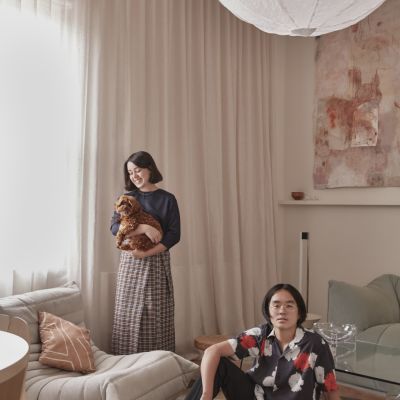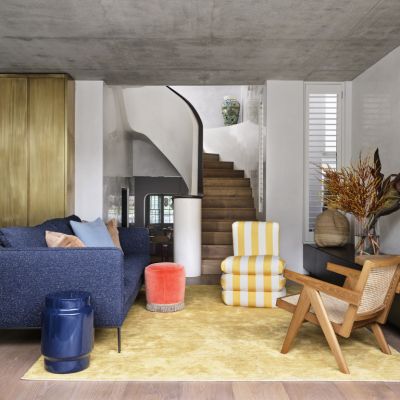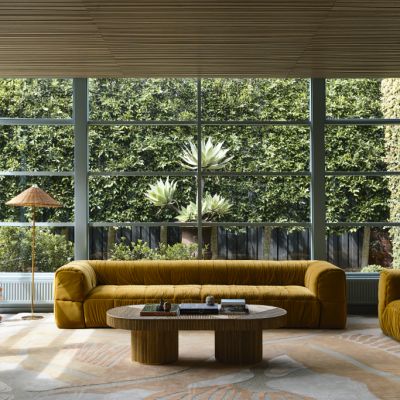The Design Files Design Awards 2021: Full list of winners revealed
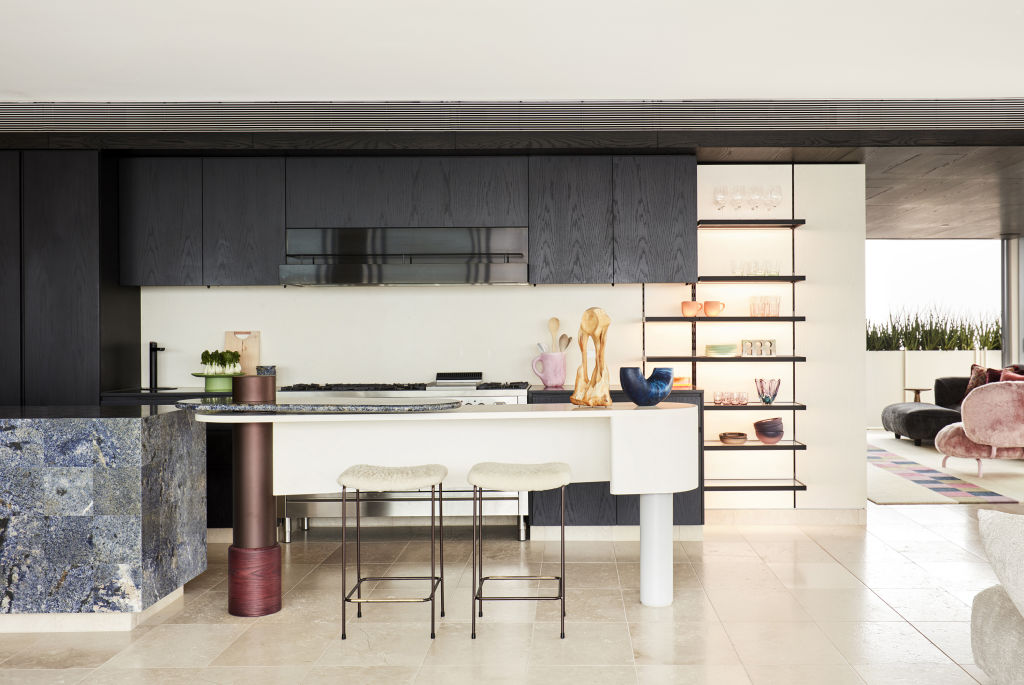
Concrete, brick, timber, and corrugated iron – all deceptively ordinary materials omnipresent in daily life. Now architects and designers are using these robust mediums to innovate, creating awe-inspiring structures, interiors, and objects.
“They’re decidedly Australian materials with a rawness and honesty to their aesthetic,” Tristan Wong of SJB Architects says. “In 2021, there’s a focus on authenticity, simplicity, robustness and restraint that complements our lifestyle.”
This optimism dominated the winning projects in The Design Files + Laminex Awards, announced in a live-streamed, online ceremony on October 21. The program champions Australia’s most innovative creatives, from handcrafted practices and residential architecture to interior and landscape design.
“We received 384 entries, which is especially encouraging given the challenges creative businesses are facing,” Lucy Feagins, founder and editor of The Design Files, says. “It’s testament to our industry’s resilience and enduring excellence.”
Although the extravagant and big-budget projects have always garnered attention, this year, the smaller projects and more utilitarian responses caught the judges’ eye.
“Across all 10 categories, there was an emphasis on meaningful elements with a positive impact,” Feagins says. “Through the lens of 2021, the judges responded to meaning, stories and substance beyond aesthetic outcomes; not just beauty for beauty’s sake.”
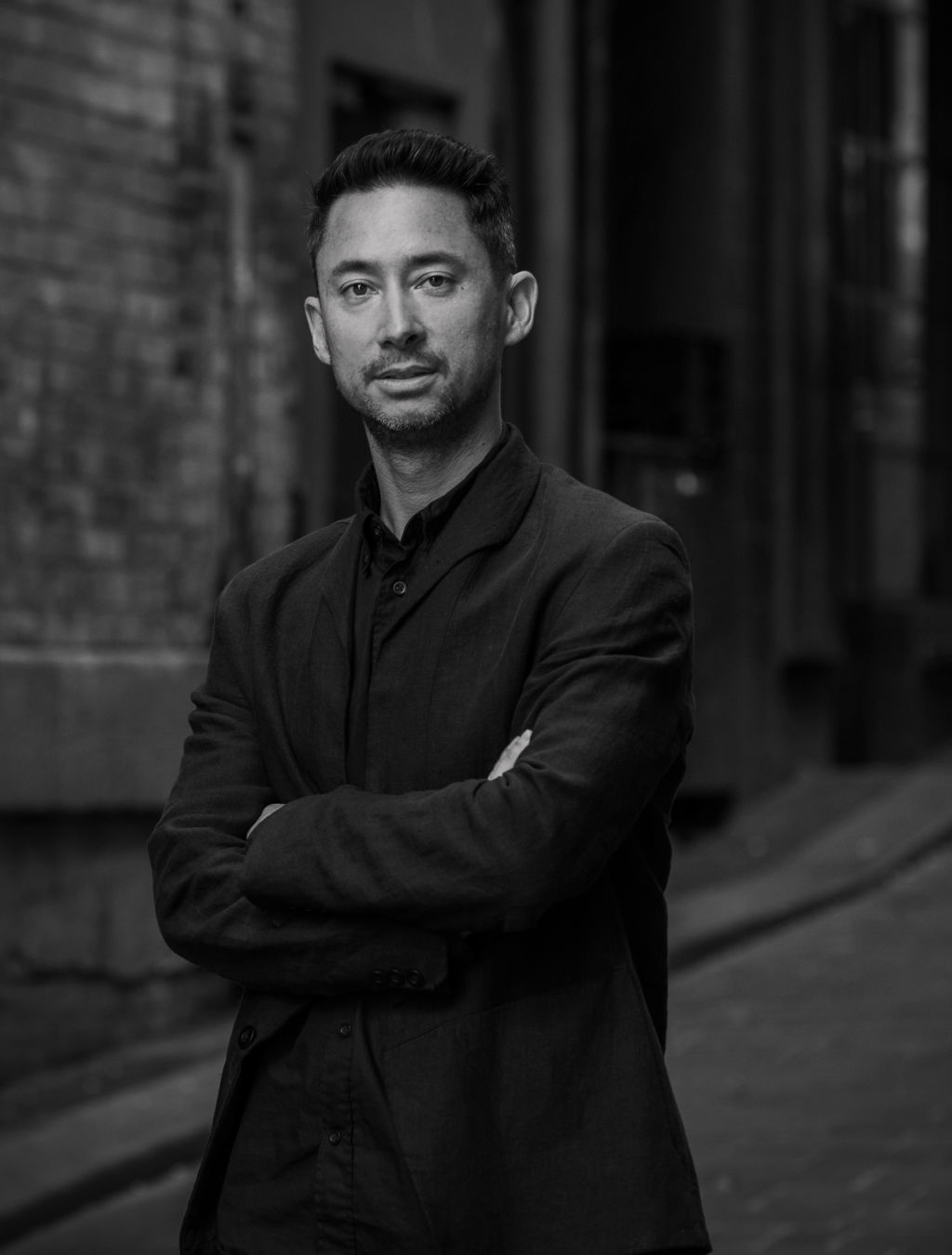
A case in point, Alex Earl’s winning sculptural lighting piece made from recycled and waste glass, each shade unique due to the glass moulding process. Also, the collaboration between saddler Johnny Nargoodah and furniture designer Trent Jansen, who won the Furniture Design and Collaboration awards for their chair of scrap metal and beaten leather.
“It’s an important vernacular body of work that is innovative and steeped in historical tradition,” judge and revered furniture designer Khai Liew says. “It embodies bridged cultural values that are so optimistic and necessary.”
The Residential Architecture category attracted a concentration of elegant linear proportions and sturdy materials that draw in the outdoors, for warmth.
The winning project, Mt Coot-Tha House by Nielsen Jenkins, leans into a steep slope on a bushfire-prone plot in Brisbane. Its vulnerability informs its composition of blockwork, timber, concrete and corrugated metal.
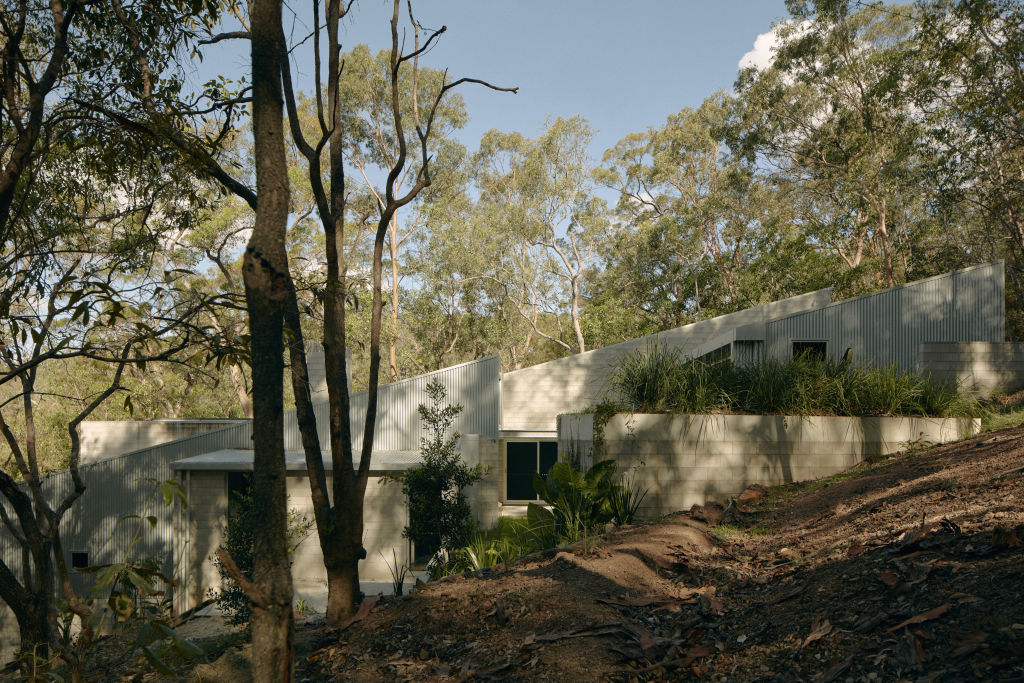
“It demonstrates a deep consideration of context and landscape,” says Wong, one of the judges. “Wild weather necessitates our homes are designed as robust sanctuaries that wear in, not wear out, and age gracefully. These materials have natural patinas and inconsistencies that are forgiving.”
Corner House, a solid fibre cement-clad home in Flinders, Victoria, earned design firm Archier a commendation. Its dark facade features board and batten detailing, an ode to the area’s fishing cottages.
“Its rooms and short corridors, hinging around a beautifully considered courtyard, look across to one another separated by vegetation and trees,” Wong says. “It’s clever and a sanctuary to come home to.”
Feagins says the entries offer a new idea of what “the quintessential Australian house looks like”.
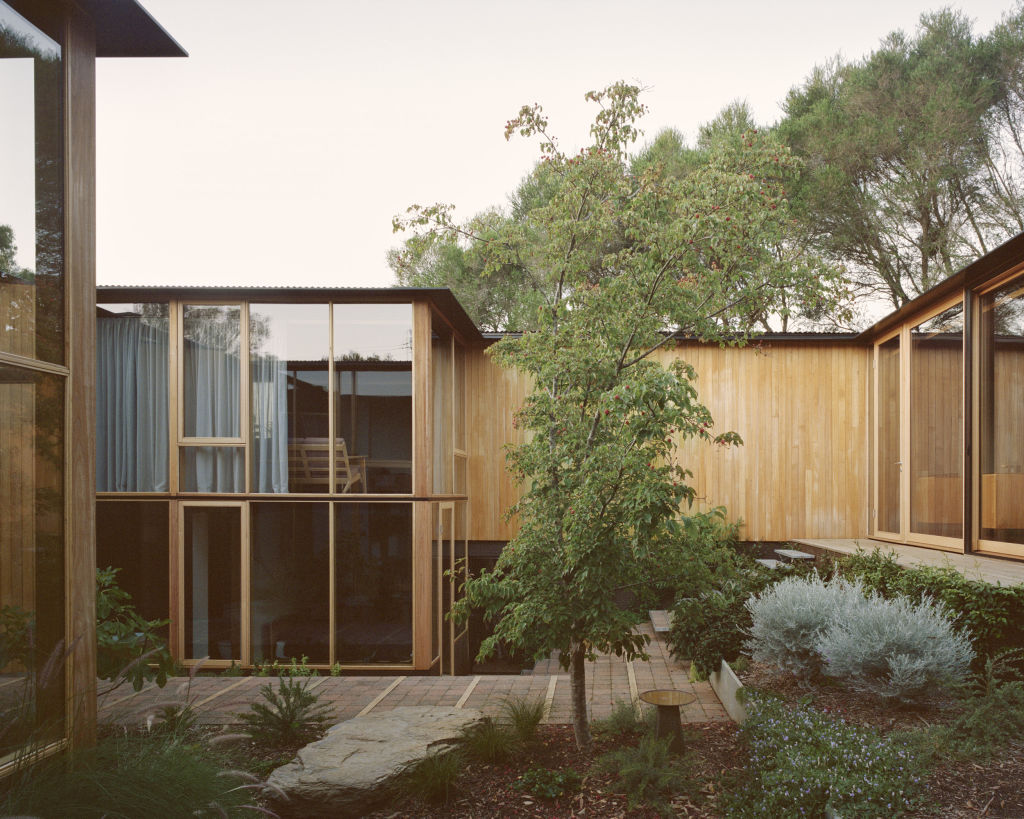
“Traditionally, we’ve looked to revered international designers and European sensibility,” she says. “Now, we’re witnessing a distinctly Australian way of living. There’s huge bravery from our creatives delivering robust functional homes, devoid of decoration, that are still beautiful and serve as a backdrop for innovative interiors.”
Designer and judge Mardi Doherty agrees and notes a renewed “joyfulness” in this year’s Interior Design category.
“There’s a departure from classic restrained spaces and instead, a renewed sense of optimism,” she says. “Each entry was vastly different. The judging panel (including Kennedy Nolan’s Adriana Hanna and landscape designer Paul Bangay) is diverse, so there were rigorous discussions and huge respect for the designers and what they achieved in the current climate.”
Three out of the four projects were apartments and Doherty says the great Australian dream of owning a home could be changing.
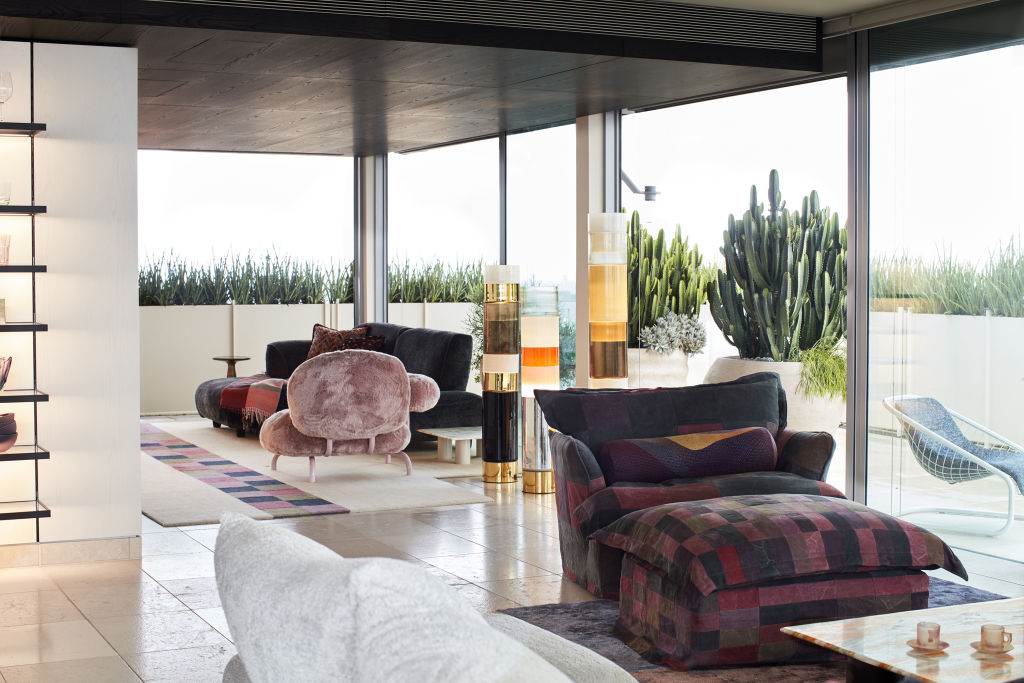
“We see the rise of the apartment as the place to renovate, and it’s a first,” she says. “It’s not all about big Edwardian homes … there’s value to renovating interesting neglected spaces and engaging great designers to do them beautifully. “
The winning project, Dream Weaver by YSG Studio, is a canvas for self-expression. Brimful of character and surprising colour pairings, Doherty says “it’s a stimulating place to be”.
Feagins says the firm’s principal and designer Yasmine Saleh Ghoniem is a “zeitgeist this year in terms of interiors”.
“Her global background is evident in her work,” she says. “Yasmine’s interiors look like they could be in Morocco or LA, but they’re in Sydney. They never unfold in obvious ways. You have to really explore them.”
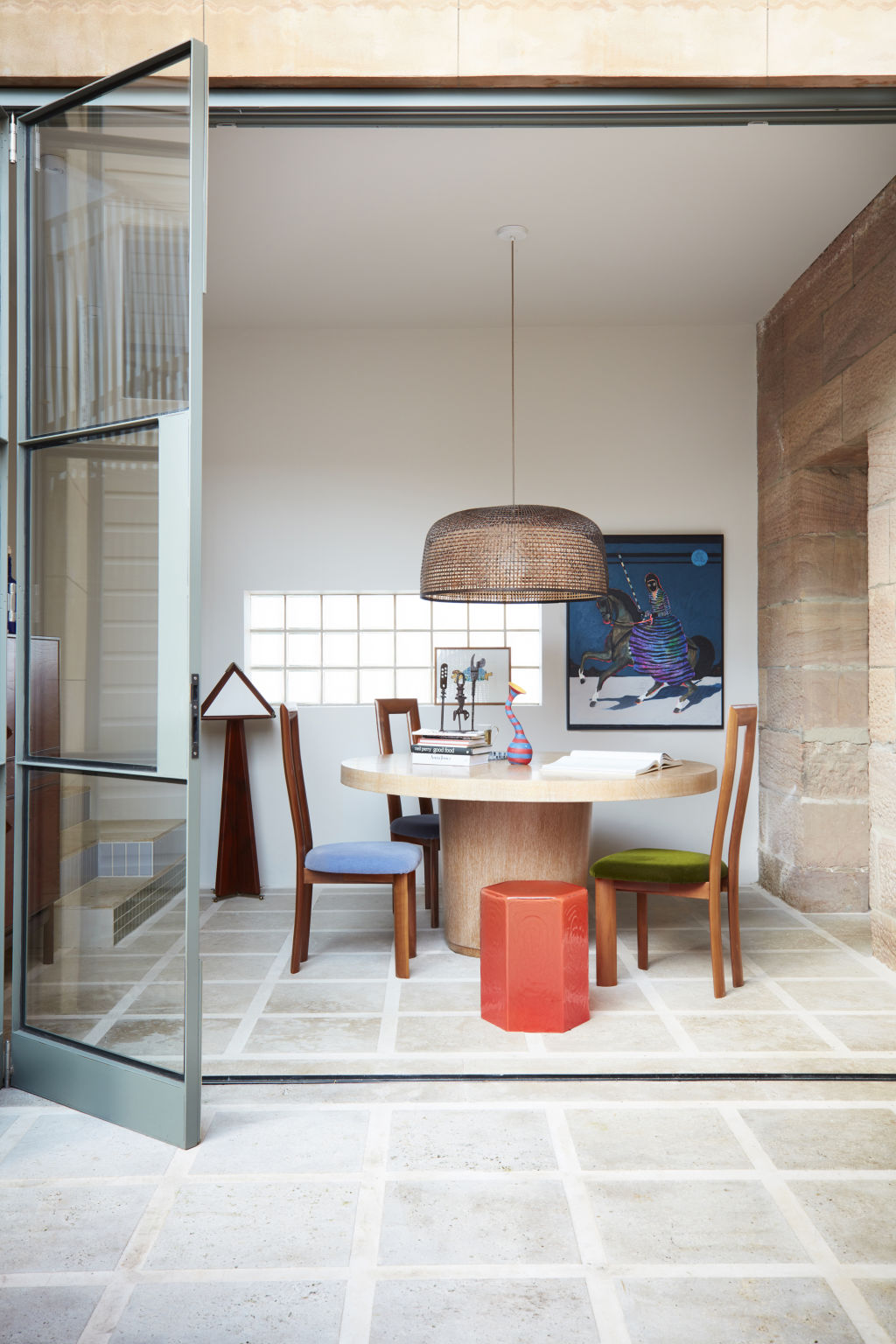
YSG Studio also received a commendation for Soft Serve, a 19th-century corner shop in Rozelle, now a delightful family abode. Its reimagined interiors are a contemporary melange with a fresh nude palette animated by colour, texture and form.
“Narrative-driven with cinematic references and many layers, it manages to remain beautifully pared back,” Feagins says.
“Yasmine’s a wonderful storyteller, providing a new take on what an Australian home can look like. It’s that element of depth and sense of story that’s so much more important than simply a beautiful outcome.”
The Design Files + Laminex Design Awards 2021 Winners & commendations
RESIDENTIAL ARCHITECTURE

- Winner: Nielsen Jenkins, Mt Coot-Tha House
- Commendation: Edition Office, Kyneton House
- Commendation: Curious Practice, Lambton House
- Commendation: Archier, Corner House
INTERIOR DESIGN
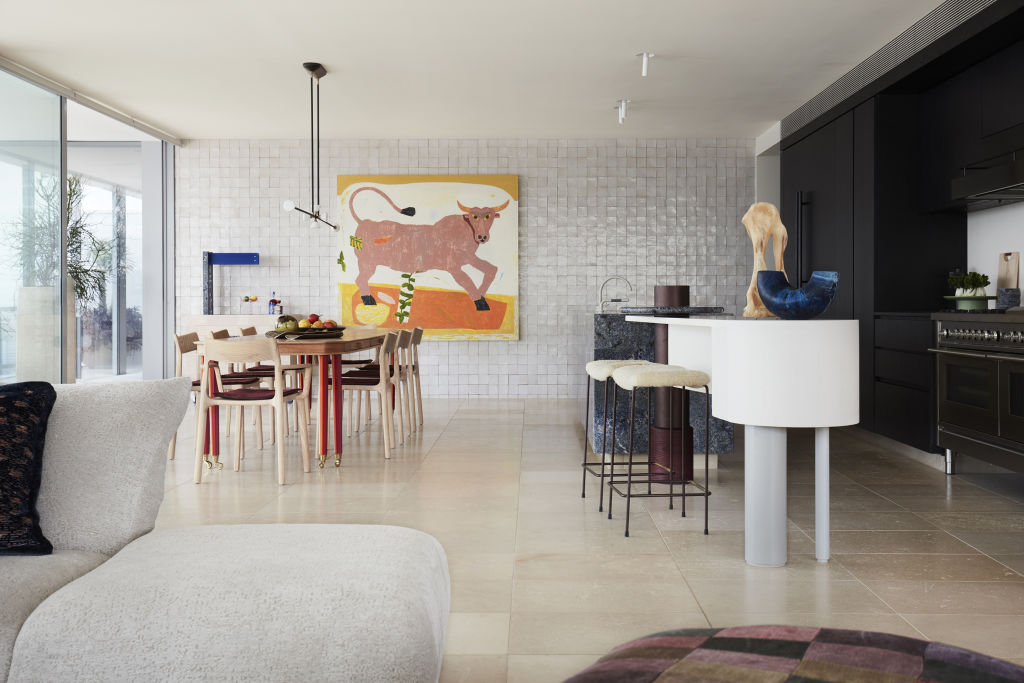
- Winner: YSG Studio, Dream Weaver
- Commendation: YSG Studio, Soft Serve
- Commendation: Edition Office, Melburnian Apartment
- Commendation: Rosanna Ceravolo Design, South Yarra Apartment
LANDSCAPE DESIGN
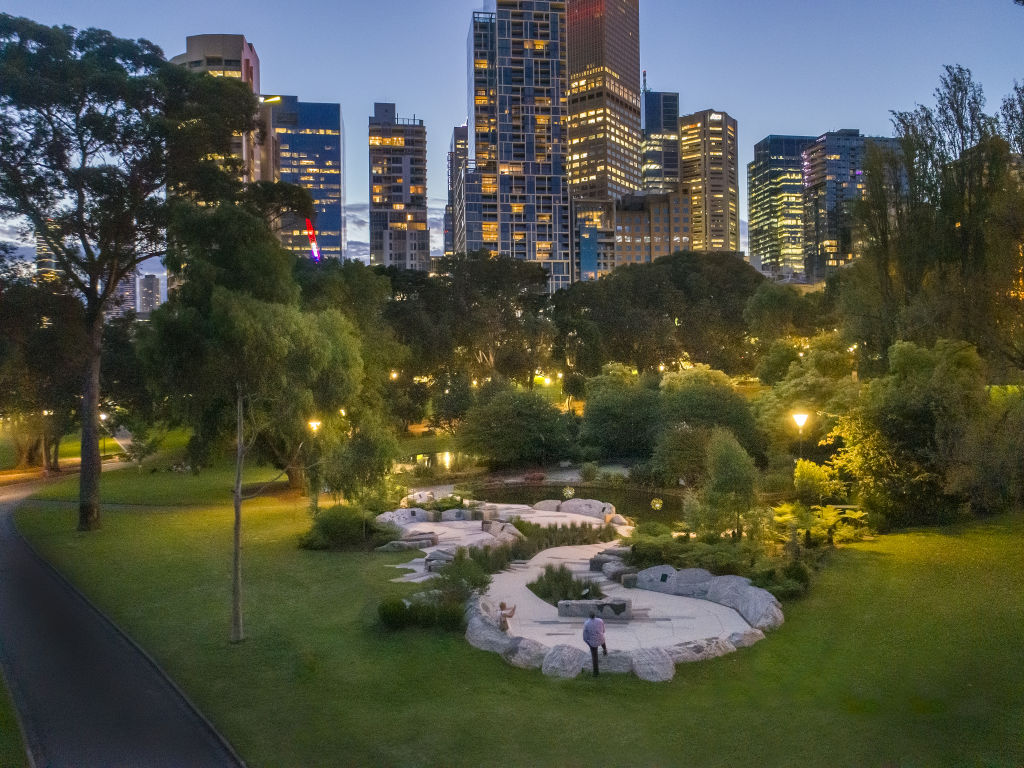
- Winner: Rush Wright Associates, Victorian Emergency Services Memorial
- Commendation: Bethany Williamson Landscape Architecture, Prospect Hill
- Commendation: Ian Barker Gardens, Blairgowrie
LIGHTING DESIGN
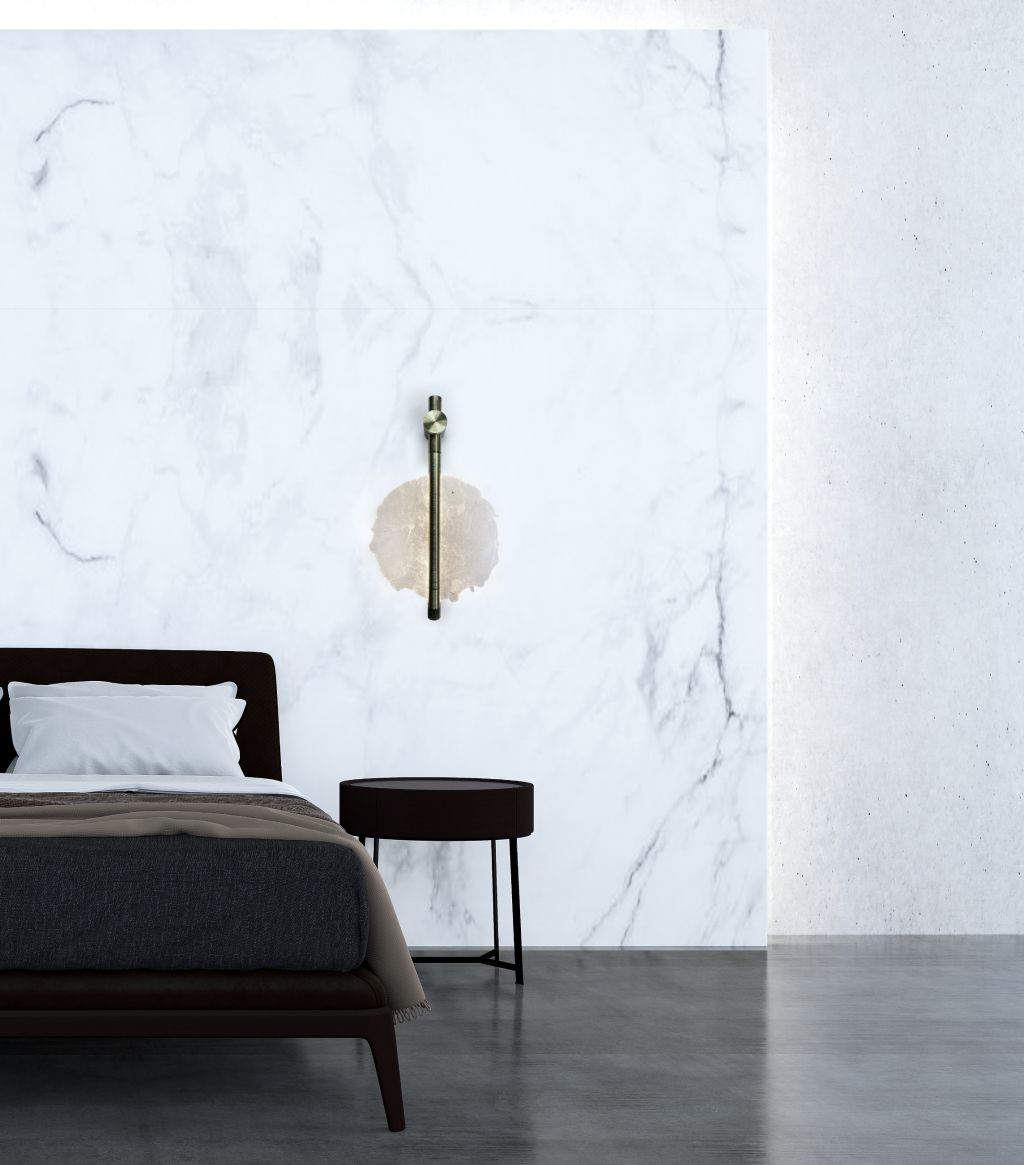
- Winner: Alex Earl Lighting, Alex Earl
- Commendation: Articolo Lighting, Loopi Wall Sconce
- Commendation: Figgoscope, STARDUST Lamp
FURNITURE DESIGN
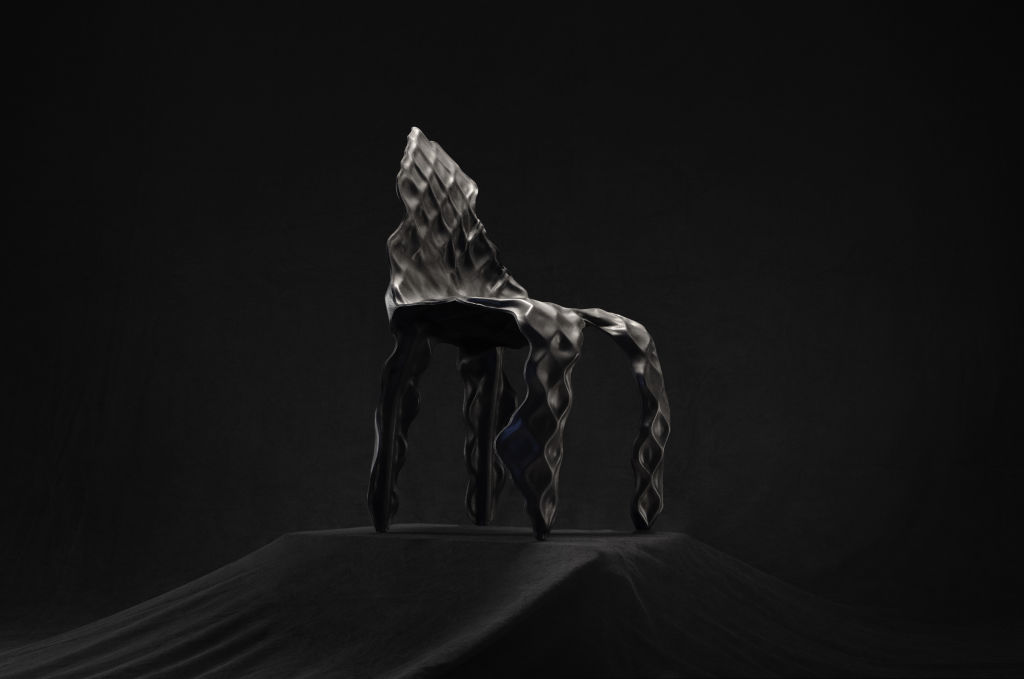
- Winner: Johnny Nargoodah and Trent Jansen, Ngumu Janka Warnti Collection
- Commendation: Adam Cornish Design, MAKI Chair
- Commendation: Like Butter, Kittaparts
HANDCRAFTED
- Winner: Alycia Marrday of Marrawuddi Arts & Culture, Baladjdji (Backpack)
- Commendation: Other Matter, Algae Bioplastic Vessels
- Commendation: Rona Rubuntja of Hermannsburg Potters, Selected Works
TEXTILE DESIGN
- Winner: Nobody Denim and GEORGE, Woven Bag
- Commendation: Amber Days, Wanala Collection
- Commendation: Badaam, The Meeting Place
SUSTAINABLE DESIGN OR INITIATIVE
- Winner: Great Wrap, Australian-Made Compostable Cling Wrap
- Commendation: Revival Projects, Zero Footprint Repurposing initiative
- Commendation: Ettitude, CleanBamboo
COLLABORATION
- Winner: Trent Jansen Studio and Johnny Nargoodah, Ngumu Janka Warnti Collection
- Commendation: John Wardle Architects and Ash Keating Studio, Solar Pavilion
- Commendation: Ikuntji Artists and Publisher Textiles, Clothing Collection
EMERGING DESIGNER
- Winner:Winner: Nicole Lawrence Studio, Industrial Design
We recommend
We thought you might like
States
Capital Cities
Capital Cities - Rentals
Popular Areas
Allhomes
More
